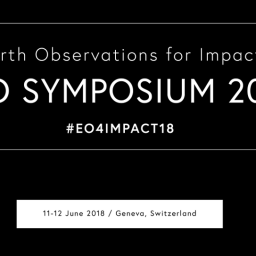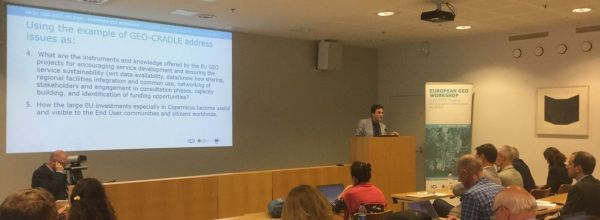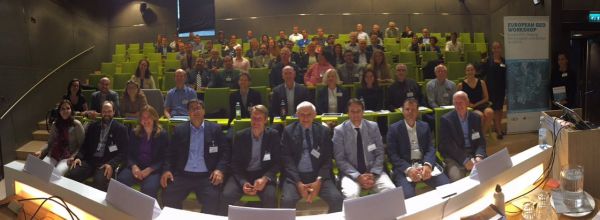Horizon2020-e-shape
Our first e-shape result has “erupted”!
Mount Etna, Europe's most active and “youngest” volcano, spewed ash once again, on May 30th, 2019.
PollyXT lidar at PANGEA-NOA station of Antikythera Greece (35.86N, 23.31E) was the first to capture the fingerprint of the activity and the dispersion of volcanic emissions is simulated with the FLEXPART-WRF model.
Volcanic ash particles and gases are injected into various heights in the atmosphere where they can remain for long periods and travel long distances depending on atmospheric circulation. These elements affect not only solar radiation and climate but also local environments and critical infrastructures.
The Italian news agency ANSA says the volcano's activity has not yet caused problems for the nearby airport at the Sicilian city of Catania therefore, it does not pose a risk to people.
The impacts of volcanic particles are evident at various sectors including aviation, electricity networks and power production, water supply, waste water networks, telecommunications, health hazards and even social consequences.
Therefore, we need to keep an eye on, especially to see if the activation continues and this is where our pioneering project e-shape comes in to deliver concrete EO-derived services.
Horizon2020-e-shape #Showcase6 | Disasters Resilience – #Pilot19 | Data for Detection, Discrimination & Distribution (4D) of Volcanic ash) ... See more


















